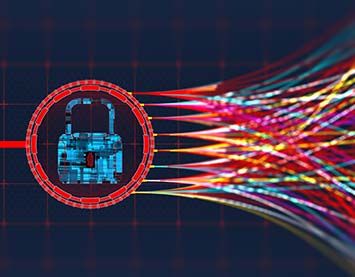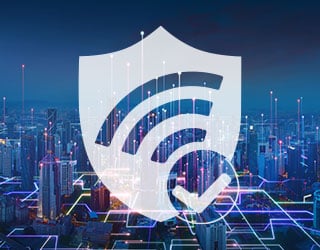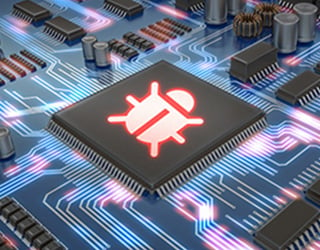
XDR Security
In an increasingly complex threat landscape, cyberattacks frequently evade detection. Once they sneak in, they hide amidst siloed, disconnected tools that cannot provide correlated alerts in a centralized way, propagating as time passes. At the same time, overwhelmed security teams try to triage and identify attacks with only narrow, disjointed attack viewpoints. Learn More

Zero Trust
The zero trust approach encourages organizations to rethink how they deploy security. It focuses on the premise that nothing is to be trusted inside or outside of company networks. Given the complexity of today’s business structures and the rise of digital transformation, zero trust is becoming a core element of modern security infrastructure. Learn More

Trusted Wireless Environment
Wireless security is moving away from focusing solely on the network perimeter. The emphasis is now on verifying devices and employing access controls to counter cyber threats. Creating a trusted digital environment is crucial, with strong security measures to protect sensitive data. Learn More

Network Automation
Automating your network replaces manual tasks with predictable, repeatable network changes. Automation increases IT productivity and accelerates service delivery, allowing you to focus on strategic opportunities that drive business growth. Learn More

Ransomware
Ransomware is an advanced malware attack that takes hold of a device, either locking the user out entirely or encrypting files so they cannot be used. Whether downloaded from a malicious website, delivered as an attachment from a phishing email, or dropped by exploit kits into your system, it represents one of the most significant threats SMBs face today. Learn More

Remote & Hybrid Work Security
Remote and hybrid work models are taking over, and layered security is critical to ensure the proper protection of environments, devices, and users. As a result, user-focused security is essential to establish multiple security controls that verify networks, endpoints, and identities across infrastructure to adapt to this dynamic work model. Learn More

HTTPS Content Inspection
Today, over 80% of your customers’ traffic occurs over HTTPS, creating a massive blind spot. HTTPS inspection makes it possible to decrypt HTTPS traffic, examine the content for signs of attack, then encrypt the traffic again with a new certificate for safe delivery. Learn More

Compromised Passwords
Weak and stolen passwords are still the main reason for security breaches. If a hacker gets hold of a single password, it can cause significant damage throughout a company's system. Credential theft is a serious threat that can be mitigated with comprehensive identity security solutions. Learn More

Advanced Malware
Malware is software designed to infect a computer to perform a variety of malicious actions. After exploiting technical or human vulnerabilities in your environment, an attacker will deliver malware to compromise your users’ computers for the purpose of stealing or denying access to information and systems. Modern malware is highly sophisticated and evasive, making detection more difficult than ever. Learn More

SD-WAN
Outdated hub-and-spoke network architectures drive up costs and degrade performance as traffic levels increase between corporate sites. SD-WAN can provide branch locations with high-performance, safe, direct, and cost-effective connectivity to Cloud-based resources. The challenge is to deploy SD-WAN without introducing new gaps in security. Learn More

MSP vs MSSP
Both MSPs and MSSPs offer managed services to their clients instead of one-time, project-based consulting and deployment contracts, so is there really a difference? Read about the history and evolution of the managed services business models that led to the confusion we see with these terms today, and get a modern take on their similarities and differences. Learn More

Network Blind Spots
Organizations are struggling to identify threats in a timely and actionable way in large part because they lack the necessary visibility into their environment needed to detect malicious actions. These network blind spots are easily exploited by skilled attackers, and the results can be devastating. Learn More